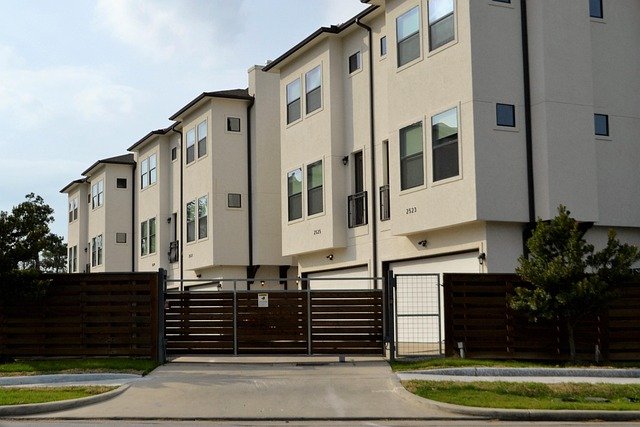Cohousing: A Modern Approach to Intergenerational Living
The world is witnessing a resurgence of a long-forgotten living concept: Cohousing. In a society marked by individualism and isolation, this communal living model offers a fresh perspective. But what is the history of Cohousing? How is it impacting our society today? And more importantly, how is it shaping our future? Read below to unravel the engaging story of Cohousing and its implications.

A Glimpse into History
Cohousing, as a concept, has a long history that can be traced back to the 19th century. It originated in Denmark and was introduced to the United States in the 1970s. This model was seen as a response to the societal shifts of the time, characterized by the desire for community, shared resources, and mutual support.
Cohousing Today: A Modern Phenomenon
Today, Cohousing is experiencing a revival, particularly in urban areas. The rising cost of living, combined with the increasing recognition of the importance of community, is driving a renewed interest in this living arrangement. It has evolved to include a variety of forms, from intentional communities and eco-villages to intergenerational and senior cohousing.
The Societal Impact of Cohousing
The return of Cohousing reflects a larger cultural shift towards community living. This shift is not just about economics; it’s also about creating supportive, inclusive communities that value diversity and sustainability. In a society that often prioritizes individual achievement, Cohousing offers a compelling alternative.
The Significance of Intergenerational Cohousing
Intergenerational Cohousing is a unique form of this living model where people of different ages live together in a single community. This setup provides benefits for all involved, from the sharing of skills and knowledge to the fostering of intergenerational relationships. It challenges the societal norms of age segregation, promoting a more inclusive and diverse living environment.
Cohousing: Shaping the Future of Living
Cohousing is more than just a housing alternative; it is a social movement that is influencing the future of living. It encourages sustainable living, mutual support, and community engagement, values that are becoming increasingly important in our modern society. As we move towards the future, Cohousing may well become the norm rather than the exception.
Cohousing offers a fresh perspective on how we live and interact with each other. It is a testament to the power of community and the potential for societal change. As we continue to navigate the complexities of modern society, Cohousing stands as a beacon of hope for a more inclusive, sustainable, and communal future.




